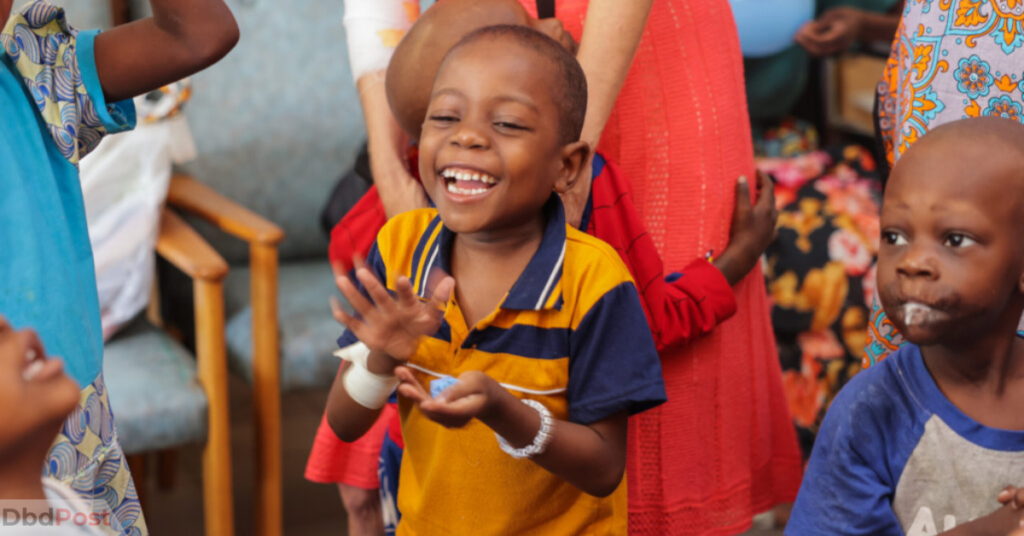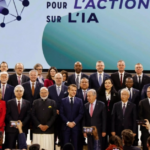Cancer represents a significant health issue of our time. Its toll is immense, with millions of lives affected yearly. Yet, access to proper care remains a starkly unequal reality across the globe.
Advanced technologies make effective cancer treatment readily available in wealthier countries. Patients benefit from early detection, precise therapies, and well-trained specialists.
However, the situation drastically differs for low—and middle-income countries (LMICs), where scarce resources exist.
For millions living in LMICs, cancer care is almost unattainable. Basic facilities and diagnostic tools are limited or absent.
The result is late diagnoses and minimal treatment options for those who need them most.
The International Atomic Energy Agency (IAEA) recognized this urgent need and launched the Rays of Hope initiative. This ambitious program focuses on providing equitable cancer care to underserved regions.
Cancer cases continue to rise worldwide, with nearly 10 million deaths annually. Over two-thirds of these occur in LMICs. This disparity underscores the urgent need for programs like Rays of Hope.
Radiation therapy is critical for treating nearly 50% of cancer cases globally. However, in many LMICs, access to radiation therapy remains almost nonexistent.
The numbers are staggering. Fewer than 30% of countries have enough radiotherapy machines in these regions. For millions, this lack of access means an increased risk of preventable cancer deaths.
The Rays of Hope initiative was created to tackle this problem. It addresses three primary areas: providing essential equipment, training healthcare workers, and building sustainable partnerships.
These efforts aim to improve access to cancer care while ensuring long-term progress.
A key part of the initiative is delivering advanced radiation therapy equipment to high-need regions. It includes technologies such as linear accelerators and brachytherapy machines.
These tools allow for more precise treatments, targeting tumors while minimizing damage to healthy tissues.
But providing machines alone isn’t enough. Facilities need the proper infrastructure to operate effectively. The IAEA ensures that the necessary systems, such as reliable power sources and maintenance tools, are also in place.
Training healthcare workers is equally essential. Many LMICs lack skilled professionals to operate this equipment; even the most advanced technologies cannot deliver their intended results without proper training.
To address this, Rays of Hope invests heavily in capacity building. The initiative offers specialized training programs for oncologists, radiotherapists, physicists, and technicians, focusing on hands-on skills and practical knowledge.
There is an acute shortage of medical personnel in some regions. The IAEA collaborates with local training centers to close this gap.
Training is tailored to meet each country’s unique needs. For example, the IAEA works with universities in sub-Saharan Africa to deliver customized workshops.
This localized approach ensures that healthcare workers gain relevant skills for their communities.
Partnerships are another essential component of the initiative. Sustainable progress requires collaboration between governments, NGOs, and international organizations.
One example of this collaboration is the IAEA—World Health Organization partnership. Together, they aim to improve cancer care for children in underserved regions.
Philanthropic organizations and corporate donors provide critical funding for Rays of Hope, helping to expand access to equipment, training, and outreach programs.
Public-private partnerships enable governments to bridge funding gaps and ensure that cancer care remains a national priority. By pooling resources, these collaborations create a foundation for lasting change.
While technology and training are critical, patients remain the central focus of Rays of Hope. The program emphasizes making cancer care accessible, affordable, and compassionate.
This patient-centered approach ensures that no one is left behind.
In many LMICs, cultural stigmas and misconceptions about cancer prevent people from seeking treatment. Educational campaigns address these barriers head-on.
These outreach efforts empower individuals with knowledge. Communities learn to recognize early warning signs and seek medical help sooner.
Rays of Hope tackles misinformation to foster greater trust in cancer care systems.
Financial barriers also prevent many patients from accessing treatment. Even when care is available, it is often prohibitively expensive. The initiative works with governments to subsidize costs, ensuring affordable care.
Women and children face unique challenges when accessing cancer care. They often encounter additional obstacles, including discrimination and lack of resources.
Rays of Hope helped establish Zambia’s first national radiotherapy center. Now, thousands of patients have access to life-saving treatment closer to home.
Similarly, in Cambodia, the program trained over 200 healthcare professionals. These newly skilled workers are transforming cancer care in their communities.
Success stories demonstrate the power of investing in local talent and infrastructure.
Despite these achievements, challenges remain. Many regions still lack the infrastructure to support radiation therapy fully, and political instability and resource shortages add further complications.
Funding remains a critical concern. Sustainable progress requires ongoing investments in technology, training, and partnerships. The IAEA continues to seek innovative solutions to ensure that improvements endure.
The path forward is undoubtedly challenging, but the potential for progress is immense. Programs like Rays of Hope offer a blueprint for reducing global disparities in cancer care.
As cancer rates continue to rise, the urgency to act grows. Rays of Hope’s work reminds us that access to life-saving care should not depend on geography or income.
Every patient deserves the chance to fight cancer with the best possible resources.
The initiative paves the way for a healthier future through continued innovation and collaboration. With each new project and every trained professional, the vision of equitable cancer care comes closer to reality.
Rays of Hope is not just a program—it’s a promise to millions who need it most.
- 107shares
- Facebook Messenger
About the author
Ajay Singh is a seasoned Breaking News Expert and News Analyst with over a decade of experience in delivering timely and accurate news coverage.
Renowned for his swift reporting and insightful analysis, Ajay excels in covering critical events and providing comprehensive perspectives.
His dedication to journalistic integrity and passion for informing the public make him a trusted voice in the media landscape.



